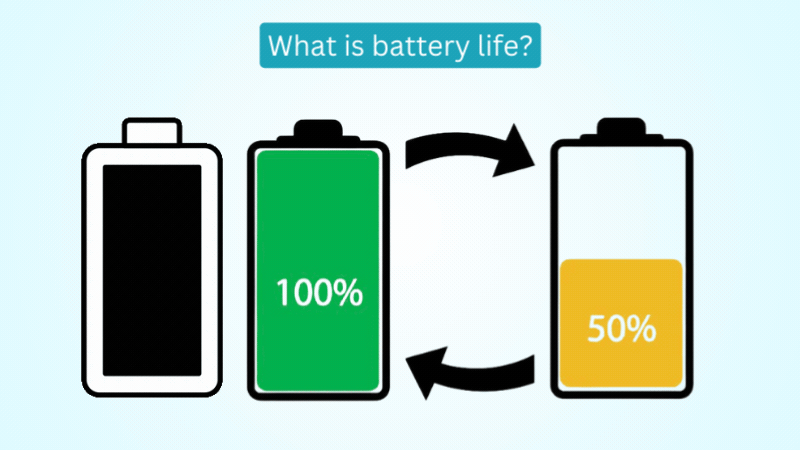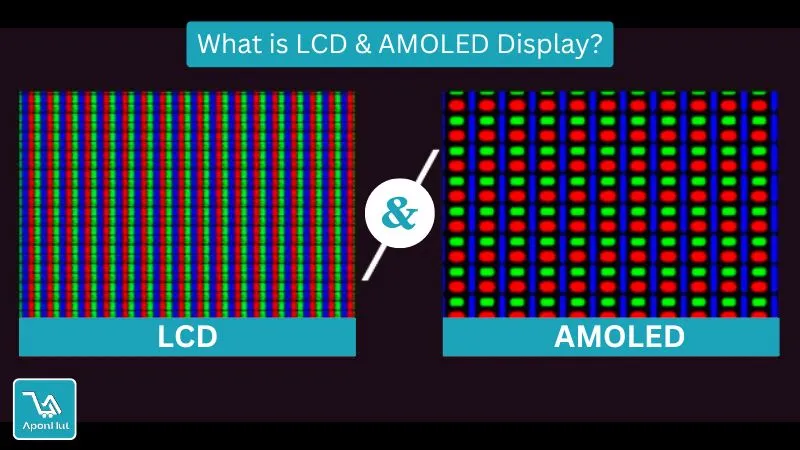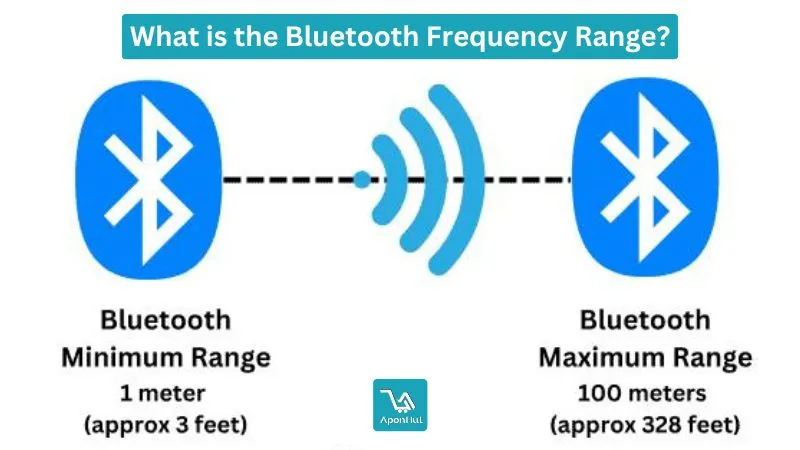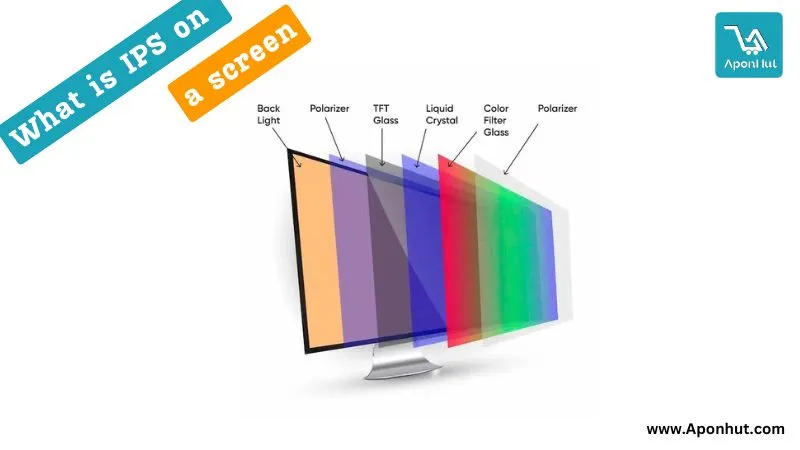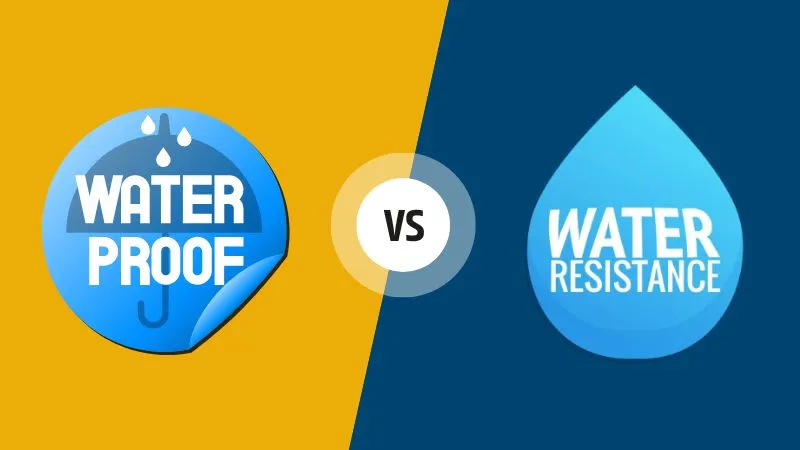Brand Definition

Brand Definition
A brand definition is a value or experience about a person, product, or service that is enduring in people's minds and distinguishable from that particular company, product, or service. It is basically a marketing method used to increase awareness of a product, service or company. Brand definition usually consists of a name, logo, slogan, design, and many other elements related to the experience. It highlights value and identity about a product or service, which instills confidence in users. Brand definition can be associated with almost any product, service, company, organization, or person.
A brand is a name, word, design, symbol or feature that distinguishes one seller's goods or services from those of other sellers, importantly, to create and preserve value as brand equity for the identified object for the benefit of the brand's customers, its owners, and shareholders. Brand names are sometimes distinguished from generics or store brands.
The term "brand" has been expanded to mean a strategic personality for a product or company, so that "brand" now suggests the values and promises that a consumer can perceive and buy into. Over time, the practice of branding products includes oil, wine, cosmetics. Expanded to a wide range of packaging and products offered for sale.
What is the brand?
A brand is a product or service that is differentiated from other products, services so that it can be marketed easily. Branding is the process of creating and disseminating the brand name, its attributes, and its personality. Branding can be applied to completely separate products, services or ideas.
Brand Definition: It maintains the emotional connection you have with your customers.
Brand Definition: A type of product produced by a specific company under a specific name.
Brand Definition: A brand is a name, word, design, symbol or feature that distinguishes one seller's product from another seller's product.
Brand Definition: It is the idea or image of a particular product or service that consumers associate with the name, logo, slogan, or design of the company that owns the idea or image.
Brand Definition: Advertising guru David Ogilvy defines the term brand as “an intangible sum of attributes of a product."
Brand Definition: A brand is the personality of a business. When you see a product's logo or hear its name, you know what the product's quality will be.
What is the Brand Name?
Brand identifies a product, service or company and distinguishes it from other comparable products. A brand name can include words, phrases, signs, symbols, designs, or any combination of these elements. For consumers, a brand name is a "memory heuristic"—aconvenient way to remember preferred product choices. A brand name should not be confused with a trademark, which is a brand name or part of a brand that is legally protected. For example, Apple brand phones, Airpods, Coca-Cola not only protects the brand name, Coca-Cola, but also the distinctive Spencerian script and bottle shape.
How is the brand identified?
The brand is expressed in the form of the brand logo and graphic representation. A company's brand essentially creates public awareness of them. Corporations sometimes hire market research firms to study public recognition of brand names as well as attitudes toward brands.
A brand is identified mainly in three ways:
Logo:
The most popular symbol of the brand is the logo. It helps in increasing brand awareness. A good logo must be clear, concise, and attractive.
Maps:
Maps are also important to identify a brand. It dictates the brand's color, style, font, structure, etc. Maps are used as almost permanent guidelines that reflect a set of values and organizations.
Marketing Communication:
Another important way to brand is through marketing communication mediums. It helps inform people about the brand's value, quality attributes, and ideal organization.
By combining these three ways, a brand is identified. It is often developed over time to align with the objectives and goals of the organization.
Types of brands
Brand types can be classified in different ways, and they can be as follows:
Corporate Brand:
Corporate branding is a way for companies to enhance their reputation and differentiate themselves from competitors in their industry. The company's values, mission, target market, and values all reflect the corporate brand. A corporate brand is mainly based on the name or logo of the organization, which may inspire a particular type of product or service rather than other products or services. For example, Google, Microsoft, IBM, etc. are corporate brands.
Personal Brand:
This type of brand is mainly based on a person's name or personality. This brand depends on a person's skills, experience, and personal character. For example, Elon Musk, Oprah Winfrey, etc. are famous personal brands that rely on their personalities and skills. Personal brands are built through social media posts, sharing photos and videos, and conducting meet-and-greets.
Product Brand:
This type of brand is mainly based on the product or service. For example, different brands of laptops like Dell Laptop, Coca-Cola, Apple MacBook, Nike, etc. are notable product brands for which every manufacturing organization undertakes social and environmental performance. Introducing a new product or supporting an existing product to build its brand.
Subbrand:
This type of brand is established through a new product or service from the main brand. For example, while the Coca-Cola Company offers products such as Coca-Cola, Diet Coke, Sprite, etc., their products are sold as subbrands.
Line brand:
In this type of brand, a company or organization mainly focuses on a sub-segment and mainly consists of one product or service. For example, Procter & Gamble's popular line brand "Pampers" carries a non-environmental product.
How do brands protect themselves from intellectual property theft?
Technology, policy, and cyber security measures should be taken to protect brand intellectual property from theft. Some of the main steps can be mentioned below:
1. Trademark Registration:
It is important to properly register and monitor brand trademarks. This prevents others from using the brand's intellectual property.
2. Cybersecurity:
Brands should follow some artificial and preventive designs to keep their online presence safe.
3. Administration of company policies and administrative functions:
Brands should establish internal cyber security policies and measures and align these with the administrative functions of operations.
4. Educational activities:
Brand intellectual property can be protected by providing employees with cyber security training, increasing resilience awareness, and experiencing a sense of security.
5. Collaboration with the community:
Communication and collaboration with the community are essential. Brands can help raise awareness among entrepreneurs, manufacturers, and users and promote awareness of conservation through social media. These steps can help protect the brand's intellectual property.
How to build a brand?
Before building a brand, there must be a plan. A brand is a symbol that helps reflect an emotional association with your product, service, or a natural or human entity. It's based on your vision, culture, mindset, and natural interactions with users. So, there are some important steps in creating a brand:
Goals:
Determine what your goals are. Do you want to achieve goals—for example, to be the most recent organization with the most recent reviews?
Target Audience:
Who are the core buyers of your organization? What category of people are you targeting, and how do you want to build your brand around them?
Brand Identity:
Create an exemplary brand identity where customers recognize and associate your brand with culture, values, and experiences.
Brand Identity:
Create Brand identity. It is your brand's collection of symbols, colors, letters, and other symbols that connect with your users.
Management style:
How you want to communicate your brand and how you want to create the overall experience of your organization is important.
Thus, often the difference between the brand and its name is visible, which mainly manifests itself in terms of business identity and importance.
When should you trademark your brand name?
Companies should trademark their brand name as soon as possible after starting to use it in commerce or e-commerce. The best way to protect a brand name is to file for a trademark yourself before someone else files for the brand. Using the "TM" symbol in brand names before filing for federal trademark protection.
If they wait to file a trademark until someone else starts using their brand, it can be more difficult and expensive to stop them.
It is also important to use a brand name consistently so that it is well known and associated with the company or product. Inconsistent brand use can weaken your brand and make it more difficult to enforce trademark rights.
What are some famous brands?
Famous brands include Apple, Coca-Cola, Nike, IBM, Volkswagen and many more.These companies have built their brands over many years and are among the most valuable brands in the world.
Coca-Cola has become the most valuable brand in the world. Coca-Cola has been able to build brand equity because it has consistently delivered a product that people enjoy.
Nike is the most valuable brand in the world. Nike has built its brand by associating itself with the world's best athletes and using creative marketing campaigns that resonate with consumers. All these companies have built their brand equity through great products and strong marketing.
Differences between a brand and a brand name
There is a difference between a brand and a brand name. A brand is a business entity, product, service, or product that is known by the use of a name, symbol, logo, identity, or characteristic. It creates a common identity and is used for marketing campaigns.
The brand name is the core part of the brand that is easily remembered and defined. This usually manifests as a slogan, title, or identifier. In turn, the difference between a brand and its name is the concept of personal and business parts. A brand name can be associated with the brand's structure, color, concept, ideal, and judgment but is also used as a distinctive part of the business identity. Thus, often the difference between the brand and its name is visible, which mainly manifests itself in terms of business identity and importance.
6 Major Benefits of Strong Branding
Building a brand offers many benefits to a corporation or individual. A company is able to induce and evoke emotions in consumers through its brand. Consumers develop unique relationships with these companies. Companies rely on these customers to help attract others.
Brands help companies build trust and credibility. It helps companies launch new products and services. Consumers are loyal to brands they know and trust and with whom they have a relationship. This makes them more likely to spend time on new product releases. A brand uniquely identifies a product, service, or service experience, with value as its identity. It makes it easy for customers to believe in the quality, value, and uniqueness of your product or service. The brand has many advantages, which are mentioned below:
1. Distinctiveness and Identity Formation:
Brand refers to the pleasant and memorable image of your product or service that is created in the minds of customers by your product or service.
2. Credibility and quality:
A good brand connects consumers with the credibility or quality of a resource.
3. Acharya and presence in the market:
Healthy and quality brands create Acharya in the market.
4. Making customer comments attractive:
A properly promoted brand helps to build a special relationship with your product or service in the minds of customers.
5.Value Perception:
Healthy brands create a feeling among consumers that they are getting a superior product or service for a reasonable price.
6. Brand-Enhanced Marketing Advantage:
A service or product brand helps in obtaining an enhanced marketing advantage, which helps in promoting the product or service. Builds by providing a delightful experience to customers and ensuring their satisfaction.
FAQ'S
1. What is the best definition of brand?
Answer: A brand is a name, word, design, symbol or other characteristic that distinguishes one seller's good or service from those of other sellers. Brands are generally used in business, marketing and advertising for recognition and, importantly, to create and preserve value as brand equity for the identified object for the benefit of the brand's customers, its owners and shareholders. Brand names are sometimes distinguished from generics or store brands.
2. How to define a brand?
Answer: A brand usually consists of a name, tagline, logo or symbol, design, brand voice and more. Brand identity is an aspect of branding that focuses on the personality of your brand as well as the values you convey to customers.
3.What is the description of the brand?
Answer: Brand descriptions are sometimes called "elevator statements" or "elevator pitches."
4. What is marketing a brand?
Answer: A brand is how a company differentiates itself from its peer brands. A brand can be considered a company's personality and is communicated through identifying marks, logos, names, taglines, voice, and tone.
5. What is a strong brand?
Answer: Having a strong brand means consistent and recognizable company expression – not just products and services, but also money. In many ways, a strong brand is the result of a company's success and an effective brand strategy.







